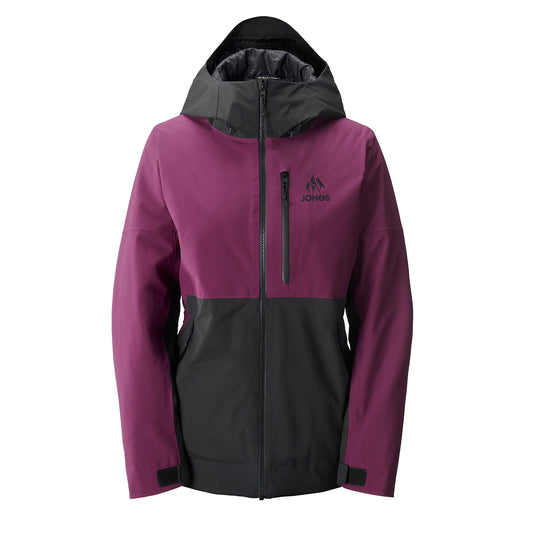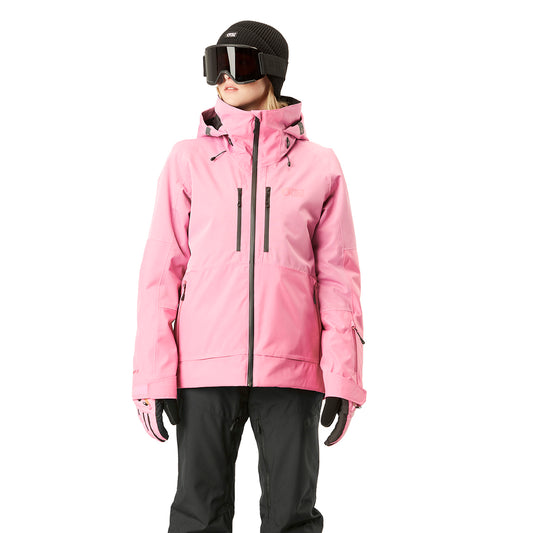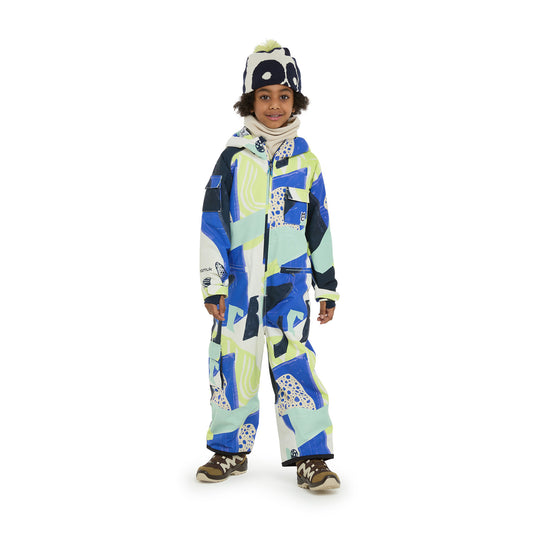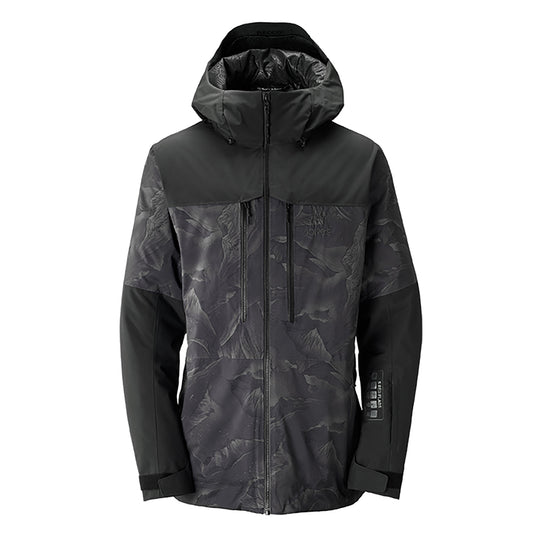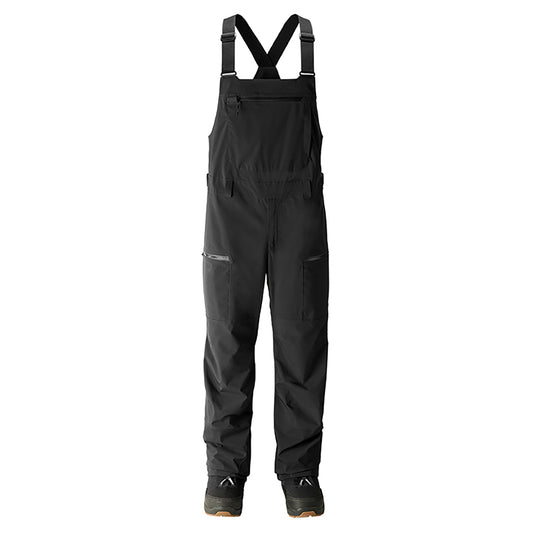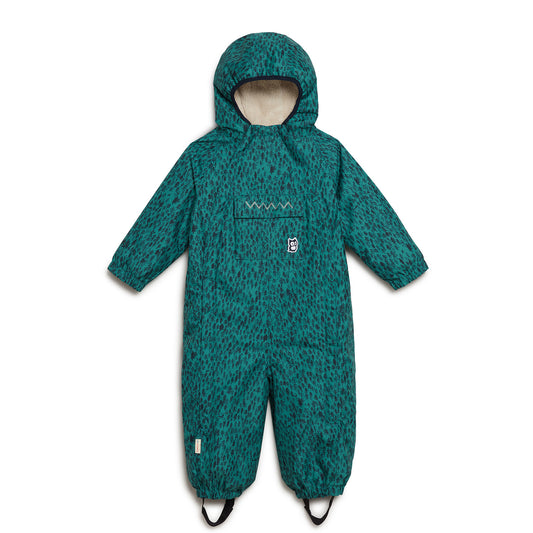How to layer for skiing and snowboarding
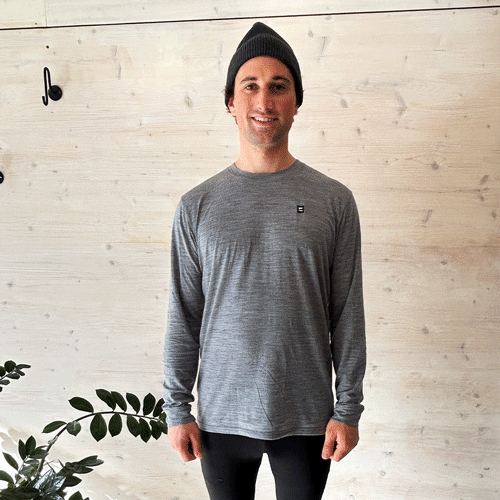
Are you curious about the dark art of layering?
In the ski and snowboard world, layering refers to the strategic application of technical clothing to thermoregulate, wick moisture and provide versatility through varying weather conditions and exertion levels. OR IN PLAIN ENGLISH - staying comfy come rain, snow or shine!
So let’s explore each layer in detail, from base layers to midlayers and outer layers. Read the juicy details in the article below, or tune into this short video to learn more.
Base layers
Technical base layers are typically made of moisture-wicking materials like merino wool or synthetic fabrics. Base layers are designed to add a pinch of warmth and keep you dry by moving moisture away from your skin.
This is what we call ‘moisture wicking’, which is an essential base layer property for staying comfortable and preventing hypothermia, especially during high-intensity, but stop-start activities. Skiing and snowboarding certainly fit the stop-start category: over the course of a day in the mountains you might be working up a sweat one minute, and standing still in -10 degrees the next.

We recommend merino base layers. For one, less plastic is more fantastic, and for two, merino wool has magical properties that synthetics just don’t have, such as:
- Merino keeps you warm when it’s cold, and cool when you’re heating up
- Merino is odour resistant due to its antibacterial properties
- Merino is warm, even when it’s wet
Synthetic base layers can be lighter, and many are impressively quick to dry. But synthetics often retain odours, which could really hinder you while trying to impress new friends at après ski! Additionally, they don’t have all the other fabulous properties of merino.
Note that at Cirkel Supply, we don’t rent base layers, as these versatile garments can be worn in your daily life, and while participating in other winter and summer sports. We think that frequently used items are better to buy and keep in play for longer through careful laundry practices and repair.
Midlayers
Midlayers provide insulation to keep you warm in cold conditions. The midlayer traps and retains heat, ensuring warmth even when the temperatures are well below zero.

Midlayers come in many forms from technical fleeces, and innovative fabrics to insulated jackets made of down, synthetic down, and wool. A well designed midlayer isn’t just warm, but is also breathable, allowing you to dump excess heat as the temperature rises.
Different midlayers excel in different weather conditions, here are a few top midlayers from Cirkel’s rental collection:
- The Patagonia Nano-Air Hybrid Jackets for men and women are best for ski touring, splitboarding, or taking short hikes in the ski resort due to its top notch breathability and ultra light weight. These properties also make it a great midlayer if you’ve rented an insulated jacket.
- The Patagonia Down Sweater Hoodies for men and women are the warmest option for really cold but dry conditions. While we appreciate that Geese are great swimmers, feathers down jackets actually don’t perform well in wet conditions, so be sure to take it off when you’re getting too warm while hiking or touring.
- The Houdini Dunfri Jackets for men and women, and the Patagonia Nano Puff Jackets for men and women are all synthetically insulated. Synthetic down can handle a bit of moisture and cold temperatures, making them both a great choice for variable weather conditions.
Outer layers
The outer layer consists of your snow jacket and pants. It’s absolutely essential to wear waterproof, windproof and breathable outer layers. The first two elements keep the weather out, and the breathability allows moisture and excess heat to move away from your body.

Hot tip - if it feels like it’s raining on the inside of your jacket, then it’s not breathing well! A system of technical base and midlayers can be totally ruined by an outer layer that doesn’t breathe. This is due to it trapping excess heat and moisture next to your body, making you uncomfortably damp.
Due to their superior breathability, 3L garments (also known as shell jackets and shell pants) perform better in a layering system than their 2L and insulated equivalents. If you’re unsure about the difference between 3L, 2L and insulated garments, read our article that demystifies the topic.
If you’re interested to experience the comfort of a high performing 3L jacket, here are some great options to rent from Cirkel Supply:
-
The Houdini women’s D Jacket is the gateway jacket to 3 layer life. The D Jacket has all the essentials covered from fabric performance to utilitarian functionality.
-
The Houdini Rollercoaster Jacket for men and women brings the next level of comfort, style, and functional details. This jacket goes perfectly with the Houdini Rollercoaster Bib Pants for men and women.
-
The Ortovox 3L Deep Shell Jackets for men and women feature a fantastic 4-way stretch, making them super comfortable for big days on the move. This high performance but soft and supple fabric is also featured in the Ortovox 3L Deep Shell Pants for men and women.
That’s a wrap on layering systems!
Our closing point on the magnificence of a good layering system is the beauty of its adaptability. As the temperatures fluctuate, or your own exertion levels change, you can add or remove layers to maintain optimal comfort. This versatility allows you to perform at your best within all kinds of activities, weather and temperatures.
Remember—there’s no such thing as bad weather, just bad clothing—which we can help you with!
If you have any questions about the best layering system for your next holiday, don’t hesitate to get in touch via our contact form.


